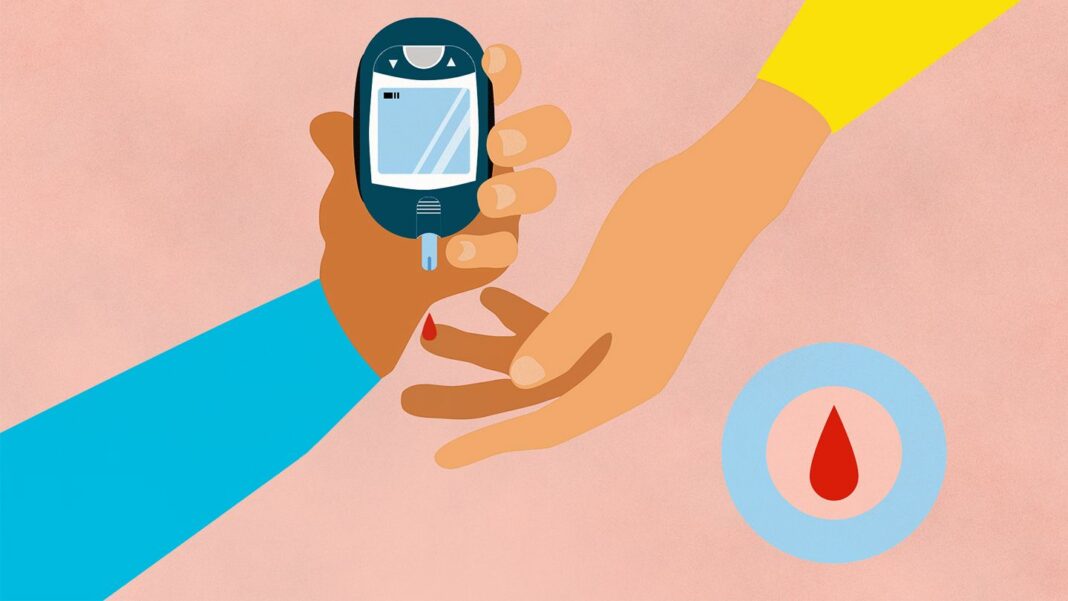9 Warning Signs of Low Blood Sugar
Low blood sugar, also known as hypoglycemia, can be a serious condition that requires immediate attention. It occurs when the sugar levels in your blood drop below normal, leading to a variety of symptoms. Recognizing the warning signs of low blood sugar is important for managing the condition effectively. Here are nine signs to watch out for:
1. Feeling lightheaded or dizzy
One of the most common signs of low blood sugar is feeling lightheaded or dizzy. This can occur suddenly and may be accompanied by a feeling of weakness or confusion. If you experience these symptoms, it’s important to check your blood sugar levels and take appropriate action to raise them.
2. Sweating profusely
Excessive sweating, especially when not exercising or in hot conditions, can be a sign of low blood sugar. Sweating is your body’s way of trying to cool itself down when glucose levels are low. If you notice that you are sweating more than usual, it may be a hint that your blood sugar is dropping.
3. Feeling shaky or jittery
Feeling shaky or jittery is another common symptom of low blood sugar. This can be due to the body’s response to low glucose levels, which can cause tremors or trembling. If you experience these sensations, it’s important to monitor your blood sugar levels and take steps to stabilize them.
4. Rapid heartbeat
A rapid heartbeat, also known as tachycardia, can be a sign of low blood sugar. When glucose levels drop, the body releases adrenaline to help raise them back to normal. This can lead to an increased heart rate, which may feel like your heart is pounding or racing. If you notice this symptom, it’s important to address your low blood sugar promptly.
5. Hunger pangs
Feeling unusually hungry, even shortly after eating, can be a sign of low blood sugar. When glucose levels are low, the body may signal hunger as a way to prompt you to eat and raise your blood sugar levels. If you find yourself constantly hungry or craving sugary foods, it may be a sign that your blood sugar is too low.
6. Headaches
Headaches can also indicate low blood sugar levels. When your brain doesn’t get enough glucose, it can lead to headaches and migraines. If you experience frequent headaches, especially accompanied by other low blood sugar symptoms, it’s essential to monitor your blood sugar levels and take appropriate action.
7. Irritability or mood swings
Low blood sugar can affect your mood and lead to irritability or mood swings. When glucose levels drop, it can impact the brain’s function, causing changes in mood or behavior. If you find yourself feeling irritable or having sudden mood swings, it may be a sign of low blood sugar.
8. Blurred vision
Blurred vision can be another warning sign of low blood sugar. When glucose levels are low, it can affect the eyes‘ ability to focus, leading to blurred or double vision. If you notice changes in your vision, especially in conjunction with other symptoms, it’s crucial to check your blood sugar levels.
9. Confusion or difficulty concentrating
Low blood sugar can also cause confusion or difficulty concentrating. When the brain doesn’t receive enough glucose, it can impact cognitive function, leading to confusion, memory problems, or difficulty focusing. If you experience these symptoms, it’s important to address your low blood sugar levels promptly.
Conclusion
Recognizing the warning signs of low blood sugar is crucial for managing the condition effectively. If you experience any of the symptoms mentioned above, it’s essential to check your blood sugar levels and take appropriate steps to raise them. Eating a balanced diet, monitoring your blood sugar regularly, and following your healthcare provider’s recommendations can help prevent low blood sugar episodes and keep your glucose levels stable.
FAQs
Q: How can I prevent low blood sugar?
A: To prevent low blood sugar, it’s important to eat regular, balanced meals and snacks, monitor your blood sugar levels regularly, and adjust insulin or medication doses as needed. It’s also essential to stay hydrated, get regular exercise, and work closely with your healthcare provider to manage your blood sugar effectively.
Q: What should I do if I experience low blood sugar symptoms?
A: If you experience symptoms of low blood sugar, such as lightheadedness, sweating, or confusion, it’s essential to check your blood sugar levels immediately. If your levels are low, consume a fast-acting source of glucose, such as juice, glucose tablets, or candy, to raise your blood sugar quickly. Follow up with a balanced meal or snack to help stabilize your glucose levels.
Q: When should I seek medical attention for low blood sugar?
A: If you experience severe low blood sugar symptoms, such as loss of consciousness, seizures, or inability to swallow, seek emergency medical attention immediately. These could be signs of a severe hypoglycemic episode that requires immediate intervention.




